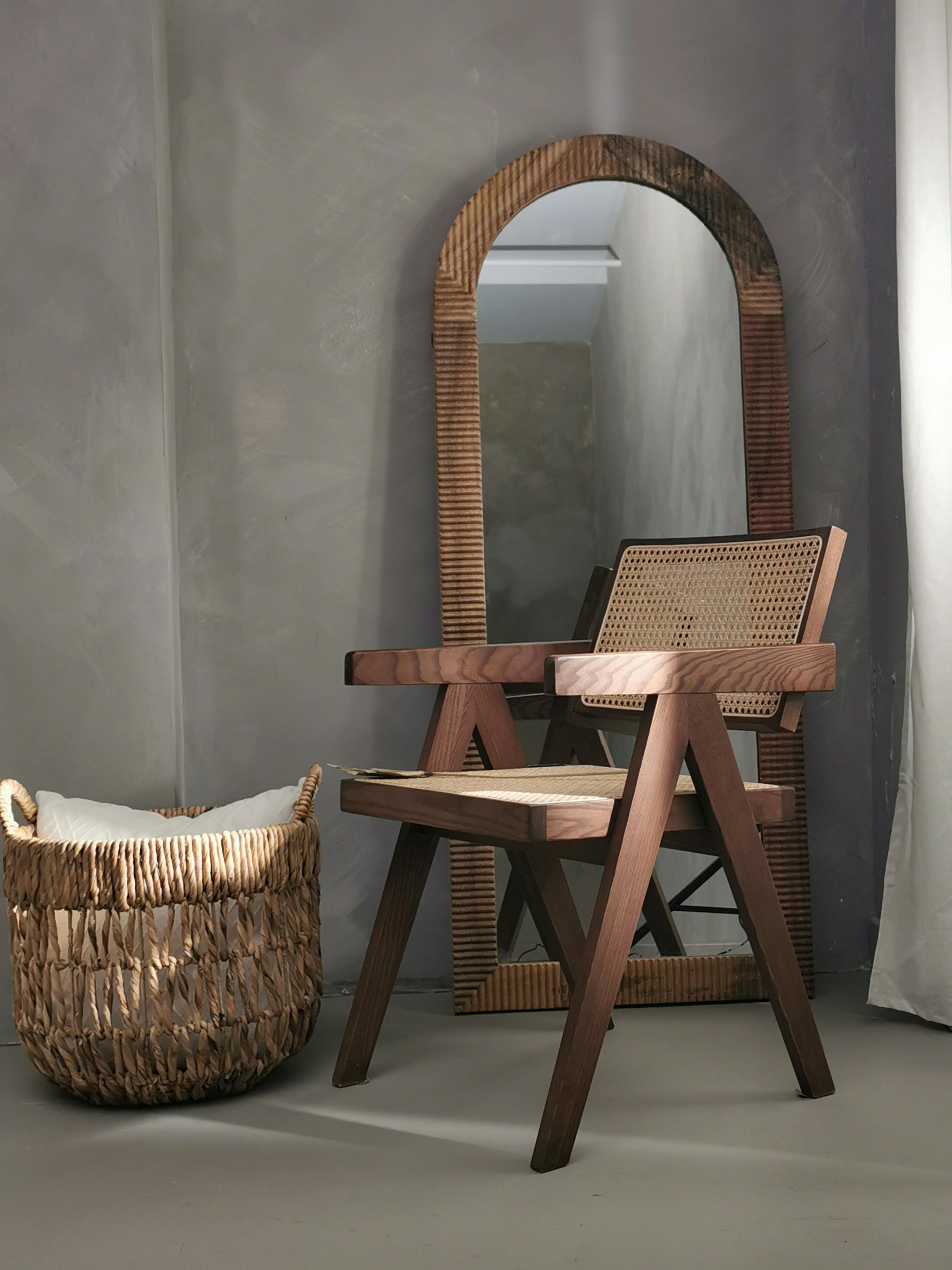Practical Steps to Test Swatches Before Painting
Testing paint swatches before committing to a full paint job saves time and reduces costly mistakes. This guide outlines clear, practical steps for sampling hues and palettes, evaluating sheen and finish, and checking undertones under different lighting for both interiors and exteriors.

Before you open a full can of paint, testing swatches in realistic conditions helps you understand how a color will behave on your walls. Effective sampling covers placement, surface preparation, observation across different times of day, and small-scale application tests. This initial step reduces surprises related to undertones, sheen, and how pigments react with existing finishes, and it provides a foundation for choosing accent or neutral palettes that work with your room’s lighting and materials.
Using swatches for accurate sampling
Apply full-size swatches rather than relying only on chip cards. Paint 12-by-12-inch test patches on the actual wall, ideally next to existing trim and architectural details. Test both primer and paint over the same substrate when possible to see how pigments interact with the underlying surface. Label each patch with the brand, color code, and date to avoid confusion. Observing multiple patches lets you compare subtle differences between similar hues and how a palette will read as a whole.
Recognizing undertones in paint hues
Undertones are subtle colors beneath the visible shade that influence how a hue reads. Look for blue, pink, green, or yellow hints when you view swatches in natural light and against neutrals. Test samples alongside common room elements—wood tones, fabrics, and flooring—because undertones can either harmonize or clash. If a swatch looks cooler or warmer than expected in different lighting, that indicates a strong undertone that will affect the overall room atmosphere.
Assessing lighting, palettes, and neutral choices
Lighting transforms a color: north-facing rooms often cool tones, while south-facing spaces intensify warmth. Observe swatches at morning, midday, and evening to note shifts. Create mini-palettes on the wall by placing chosen swatches in sequence to see how accent and neutral colors interact. Consider how artificial lights with different color temperatures influence the finish and perceived saturation. Testing under real lighting scenarios prevents surprises when you finalize a cohesive palette.
Choosing sheen and finish for interiors and exteriors
Sheen and finish change how a color appears and how easy it is to clean. Matte or flat finishes hide imperfections but absorb light; eggshell and satin offer moderate sheen suitable for living areas; semi-gloss and gloss reflect more light and are common for trim and exterior surfaces. Apply each sheen in your test patches so you can compare reflectivity and how the finish highlights surface texture. For exteriors, assess how weather and sunlight intensity affect the chosen finish over time.
Testing pigments, application, and accent walls
Pigments behave differently depending on application method and surface porosity. Use the actual tools you plan to use—brush, roller, or sprayer—to apply swatches so you can judge coverage and the number of coats required. For accent walls, extend the test area to include adjacent walls to ensure contrast is as intended. Note drying time and color shift after 24 hours; some pigments darken or mellow when fully cured. This step helps plan realistic application strategies and paint quantities.
Maintenance considerations after painting
Maintenance needs vary by finish and location. Higher-sheen paints are easier to wipe clean, which matters for high-traffic interiors and exteriors exposed to grime. During sampling, swipe a dried patch gently with a damp cloth to see how the finish tolerates cleaning. Consider long-term durability where moisture, sunlight, or abrasion are concerns, and factor in repainting schedules when choosing pigments and sheens. Proper sampling reveals which combinations balance aesthetics and practical upkeep.
Conclusion Thoroughly testing swatches before painting reduces guesswork and helps align color choices with real-world conditions. By sampling on the actual surface, checking undertones, observing under varied lighting, comparing sheens, and assessing application and maintenance implications, you create a clearer, more reliable plan for both interiors and exteriors. Thoughtful sampling fosters confidence in palette and finish decisions and minimizes costly rework.





